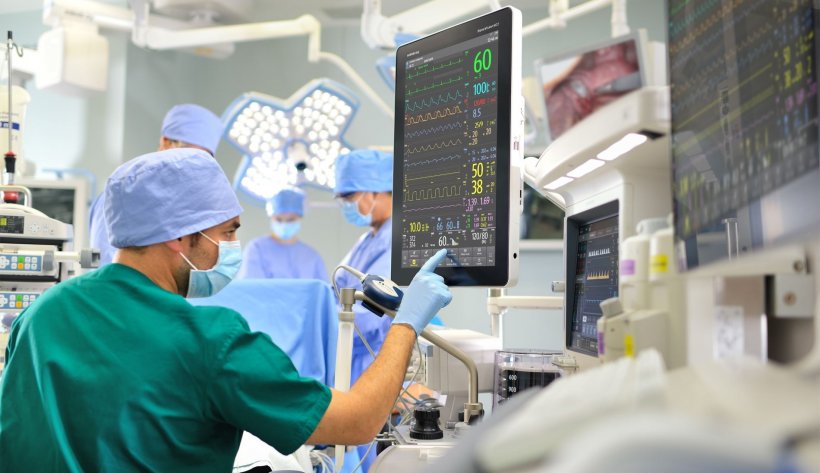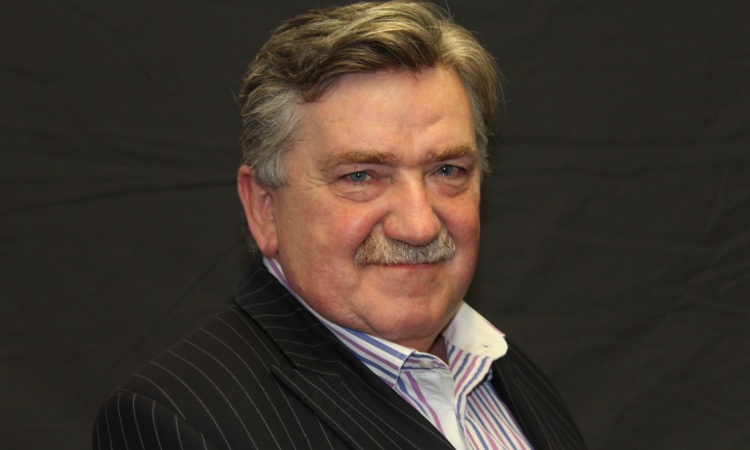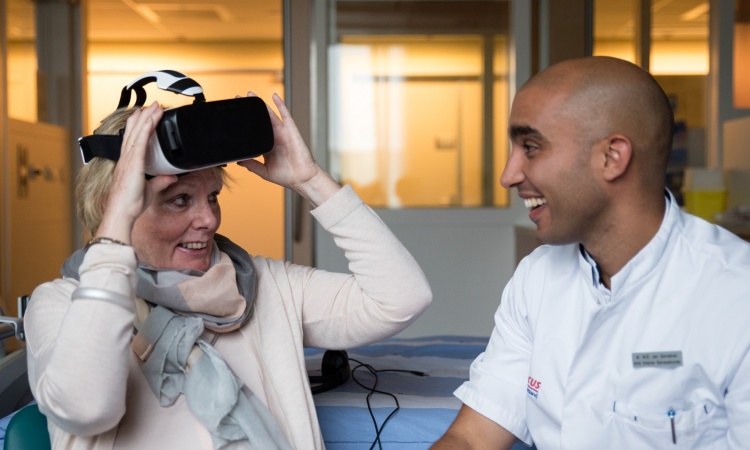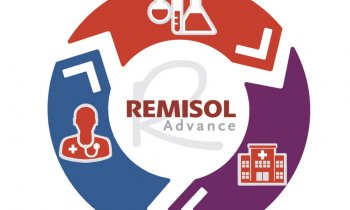
Image Source: SmartCrowding
News • Managing occupancy rates
How technology and data modelling can save hospitals from overcrowding
Overcrowding is a challenge that faces numerous hospitals across the UK. The burden of managing occupancy rates can immediately turn into a major issue that puts immense pressure on hospital staff, patients and their families alike.
Author: Ian Lindsay-Watson, COO SmartCrowding

Studies show that when capacity rates increase above 92.5%, the death rate in hospitals can expand exponentially. It can represent one-in-seven mortalities amongst the critically ill as patients who need urgent medical treatment are met with delays. In the event that hospitals can keep capacity levels manageable, leaving more beds free for those requiring emergency attention, then patient outcomes will greatly improve.
In addition to the impact on patients, overcrowding means busy, chaotic wards which put tremendous pressure on frontline staff. It is thought that stress represents almost a third of sick leave taken in the NHS. This costs the service an estimated £300 - £400 million every year.
Data from the NHS, taken one day of every month shows that 110,031 UK clinic beds were occupied daily this September, an increase of 15,191 compared to August the same year. This surge in demand, coupled with the ongoing threat of Coronavirus means the need for hospital beds has never been greater. In the UK, the Deputy Chief Medical Officer has reported that admissions are now at similar levels to those we saw earlier in the year. He has warned that intensive care units may become full within weeks. This spike in patient numbers highlights the need to look towards technology and innovation to take the pressure off hospital staff, keep occupancy levels as low as possible against capacity and ultimately protect against avoidable mortalities.
We have reduced accident and emergency waiting times by over half in our first year
Aslaug Skauen
Research by Dr Chris Moulton and Dr Cliff Mann shows that nearly 5,500 patients passed away waiting for hospital beds in the period from 2016–2019. These unfortunate deaths happened before an enormous strain of the pandemic was put on the NHS. It is crucial that healthcare trusts monitor capacity levels in the coming months as we head into winter.
Several factors that cause overcrowding can be eliminated by introducing more efficient technologies that monitor patients, delegate resources and allow staff to make better-informed decisions. It is widely known that numerous hospital IT systems are seriously obsolete and do not intercommunicate. If health services can streamline their internal systems using innovative software solutions, then waiting times can be reduced and overcrowding issues can be addressed whilst alleviating some of the pressure on staff.
Øystein Evjen Olsen, past Chief Medical Officer in the Emergency and Medical Department at Stavanger University Hospital was encountering incessant overcrowding on the wards of his hospital and in Helse Vest (Regional Health Trust - Western Norway). The hospital frequently had excessive waiting times, high numbers of corridor patients, a lack of empty beds and isolation rooms available, a shortage of staff and regular patient bottlenecks. In an attempt to address unnecessary deaths related to overcrowding, his team created its own answer to the issue and turned towards technology and innovation. Collaborating with Helse Vest, one of the largest healthcare groups in Norway, they created a software solution: SmartCrowding.
Subsequent to implementing this new solution in the hospital, the (then) Head of the Emergency Department at Stavanger University Hospital, Aslaug Skauen expressed: "We have reduced accident and emergency waiting times by over half in our first year of utilising SmartCrowding." By using data creatively and effectively she and her team were able to reduce waiting times, improve the hospital’s efficiency and alleviate overcrowding. The solution is currently being used across multiple wards at the University Hospital following its successful trial.
Live monitoring, tracking and decision-making tools are still not present in the majority of healthcare trusts. Many hospitals even today rely on wall charts, spreadsheets and sticky notes to assist with life-or-death situations. It is clear that improvements can be made in this area by implementing data modelling. By harnessing technology and innovation, we can move towards a future where hospitals work as efficiently as possible, with minimal waiting times, a reduction in overcrowding-related deaths and a decrease in stress levels amongst hard-working frontline staff.
About SmartCrowding
Founded in 2014, this is a privately held company with headquarters in Stavanger, Norway and a UK operation now in place. SmartCrowding has a niche solution and one that has been made from the ground up, in hospitals, for hospitals. Add in the ever-evolving predictive capabilities, on top of the real-time reporting and decision-making support, and this solution will and indeed already does make healthcare centres far more efficient and safer places to visit in times of need.
24.11.2020











